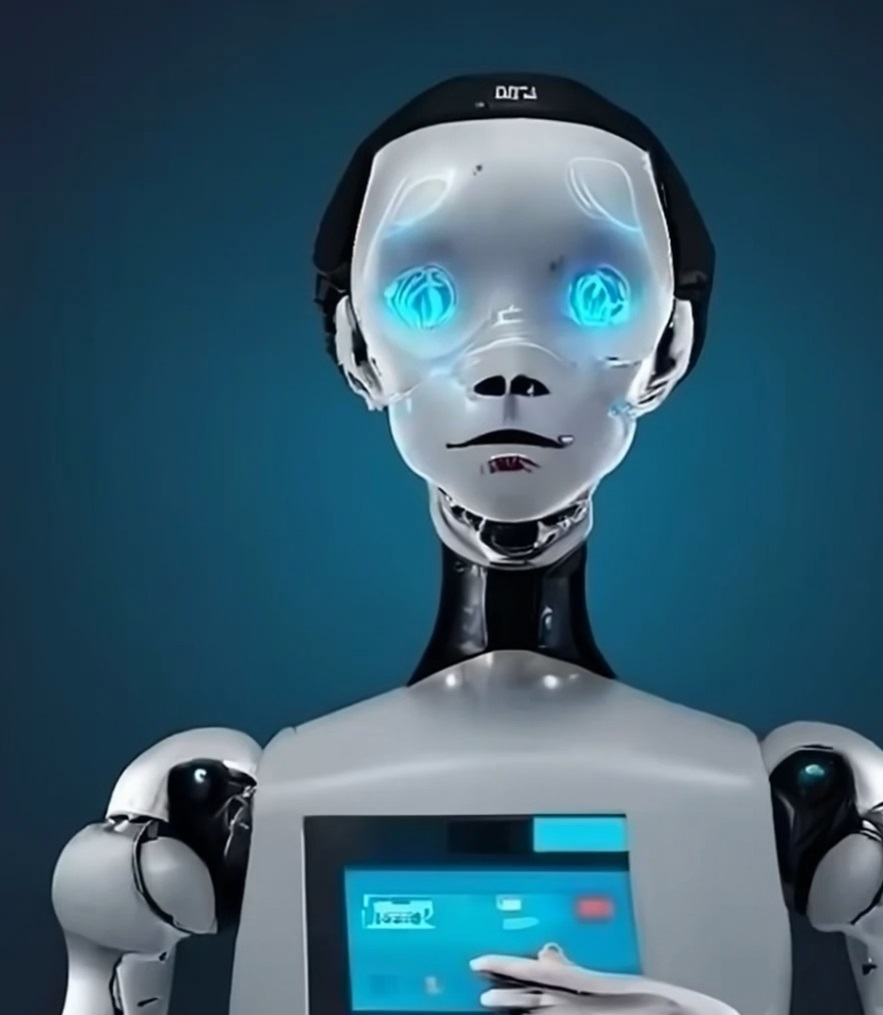The dark web has experienced substantial growth in recent years, becoming an increasingly dynamic and complex ecosystem. As technology continues to evolve at breakneck speed, this hidden corner of the internet is adapting in ways that could significantly influence its future. While much of the attention on the dark web focuses on its illicit uses, understanding its trends is crucial for both cybersecurity professionals and anyone concerned with privacy in the digital age.
Here are key trends that are reshaping the dark web in late 2024, which are sure to grow into 2025:
- The Rise of Decentralized Marketplaces:
Traditional centralized marketplaces on the dark web have long been the backbone of its economy. However, with law enforcement agencies increasingly cracking down on these platforms, there has been a shift toward decentralized models. These marketplaces, often powered by blockchain technology, distribute operations across multiple nodes, making them far more resilient to takedowns. This decentralization not only complicates law enforcement efforts but also introduces a new layer of anonymity for both buyers and sellers.With cryptocurrencies becoming more prevalent each day among these online markets; decentralization continues holding promise throughout deep-web ecosystems everywhere today.
- Increased Use of AI for Anonymity and Automation:
Artificial intelligence (AI) is making its way into the dark web, enhancing the capabilities of users in unprecedented ways. From AI-powered bots that automate transactions to advanced tools for generating convincing deepfake identities, these innovations are raising the stakes for cybersecurity experts. Additionally, AI tools are being used to detect vulnerabilities in systems, enabling malicious actors to exploit them more efficiently. This technological leap is pushing the boundaries of what’s possible in the dark web’s already opaque environment. - Rise Of AI-Driven Cyberattacks
With the theft and publication of over 100,000 ChatGPT user credentials recently, it’s clear that the interface between AI and hackers will be an issue for years to come.
Another notable trend worth considering involves cybercriminals now using artificial intelligence (AI)-driven algorithms & automated bots to carry out attacks targeting individuals across different networks too—with greater efficacy due its ability adapting according towards adversary movements encountered around every turn.
So remaining vigilant against such computational assaults requires growing knowledge among security experts themselves trying catch up fast enough providing adequate countermeasures capable preventing harm inflicted upon innocent people worldwide itself per usual expectations found elsewhere online nowadays alike.
There are multiple attack vectors to consider on the dark web, especially when it comes to services and products offered, but for now, it seems the looming prospect of a world driven by AI will find a home on the dark web before it hits elsewhere.
These trends highlight the dark web’s ongoing transformation into a more sophisticated and resilient ecosystem. While its future remains uncertain into 2025, staying informed about these developments is essential for navigating the challenges and opportunities posed.

